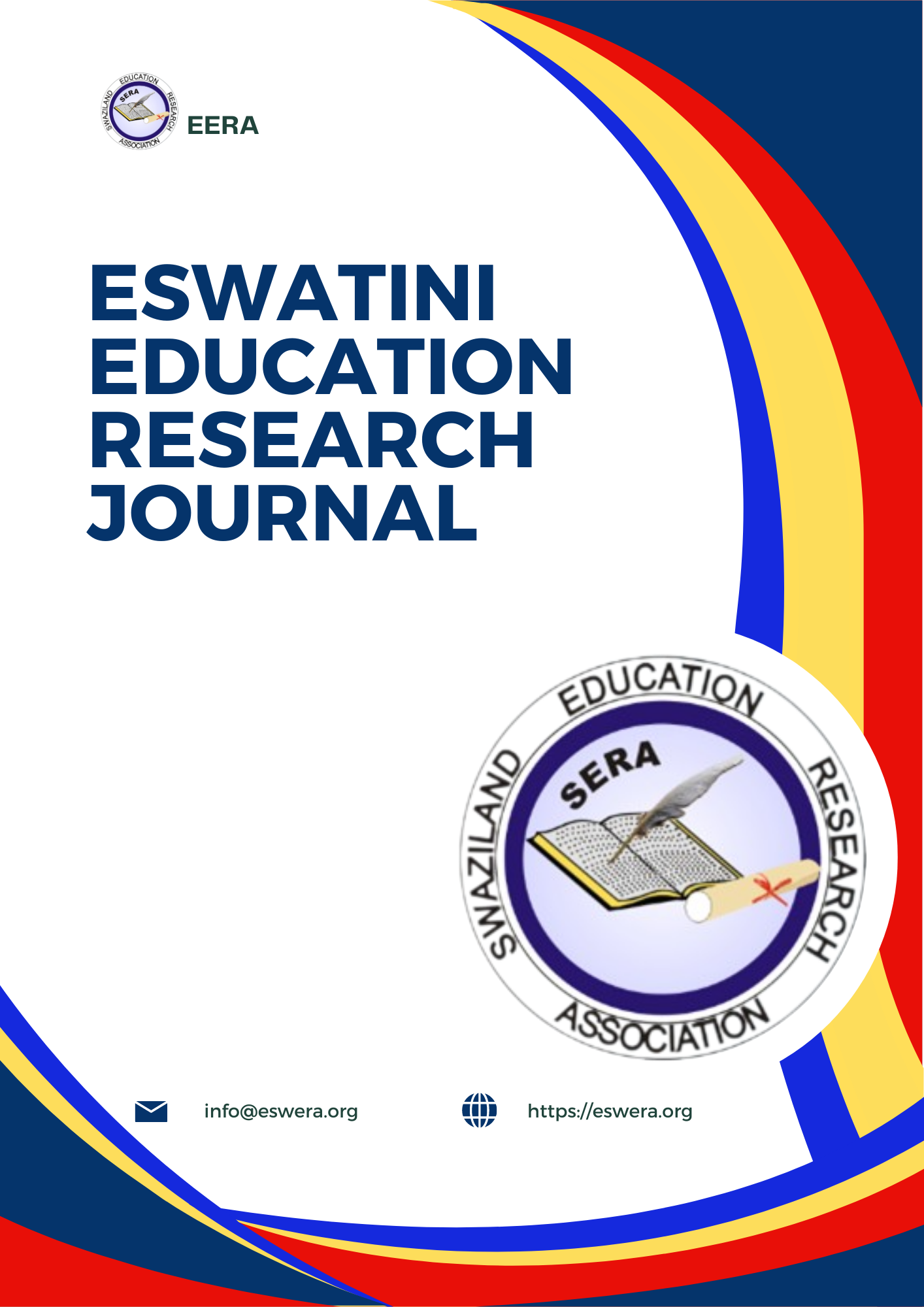Employability of Teacher Education Graduates in One Government – owned Teacher Training Institution in Eswatini
Keywords:
Overproduction, relevance, soft-skills, Teacher education, unemploymentAbstract
Youth unemployment and the poor absorption of tertiary graduates into the labour market contribute to a global educational crisis. The Eswatini Qualifications Framework (ESQF) 2020 highlights a disconnect between education and training and labour market needs. This article examines the employability of teacher education graduates from a government-owned institution in Eswatini, aiming to identify which majors have the highest and lowest employability rates, explore the underlying factors, and provide recommendations to enhance employability. The study is qualitative, involving former graduates (2018-2022), senior school management officers, and representatives from the teacher recruitment body. It seeks to understand participants’ experiences regarding the relevance of current course offerings to labour market demands, using seven operational versions of employability as a framework. Data were collected through semi-structured interviews and document analysis, with content analysis applied. Findings revealed varying absorption rates among cohorts; some had all graduates employed, while others faced significant challenges. Factors influencing employability included imbalances in stakeholder collaboration, global crises, and fiscal challenges. Recommendations include reviewing policies for all stakeholders, diversifying and upgrading training programs, and adopting a paradigm shift in mindset to better align educational offerings with market demands
Downloads
Published
Issue
Section
License
Copyright (c) 2025 Thembekile Nobusika Msibi, Gamedze, Makhosazana, Dlamini, Caroline Lomalungelo

This work is licensed under a Creative Commons Attribution-NonCommercial-ShareAlike 4.0 International License.
The Creative Commons Attribution-NonCommercial-ShareAlike 4.0 International (CC BY-NC-SA 4.0) license terms are as follows:
License Overview: This license allows you to share and adapt the material for non-commercial purposes only, as long as you give credit to the original author and license your new creations under the identical terms.
Key Terms:
Attribution: You must give credit to the original author, provide a link to the licence, and indicate if changes were made.
NonCommercial: You may not use the material for commercial purposes.
ShareAlike: If you remix, transform, or build upon the material, you must distribute your contributions under the same licence as the original.
Permissions:
- Reproduce and share the licensed material in whole or in part for non-commercial purposes.
- Produce, reproduce, and share adapted material for non-commercial purposes only.
- Exceptions and Limitations: Where exceptions and limitations apply to your use, this licence does not apply, and you do not need to comply with its terms and conditions.
Term: The term of this licence is specified in Section 6(a) of the licence agreement.


